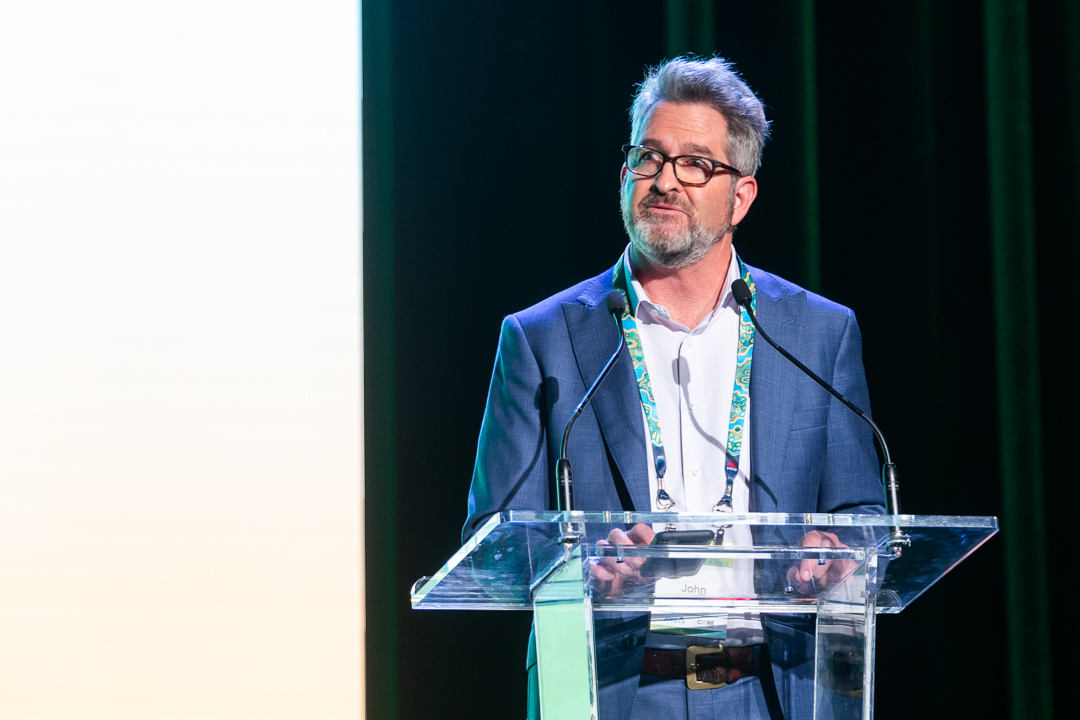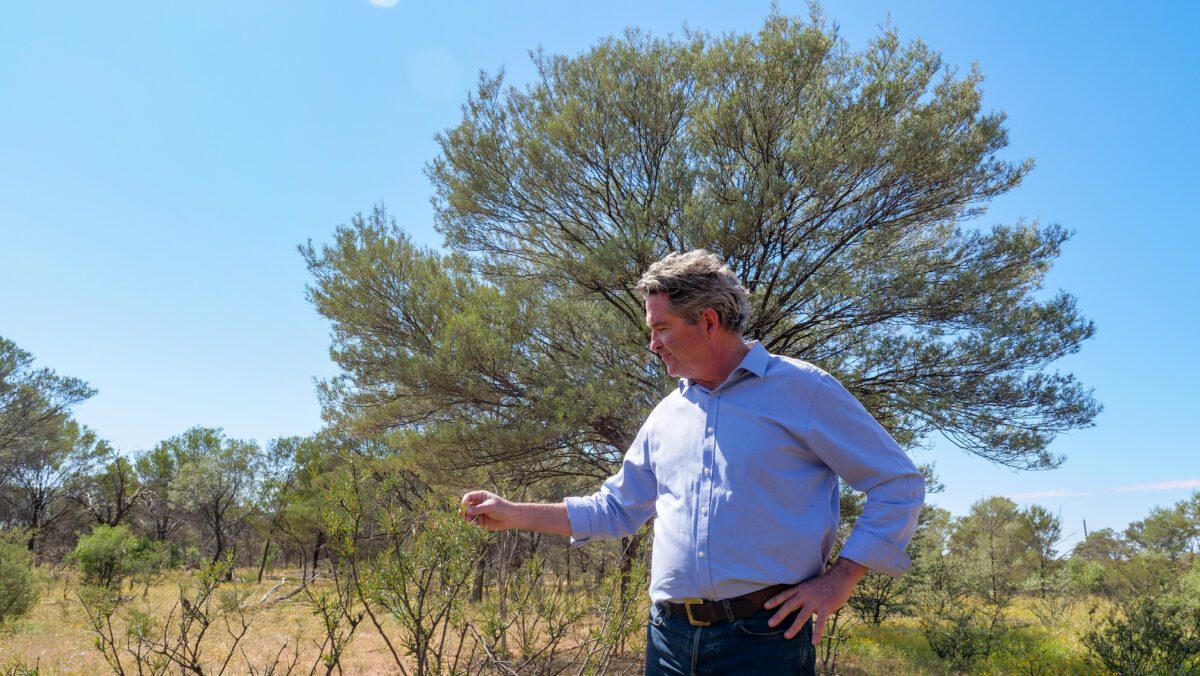The Guardian
While Scott Morrison has acknowledged this record bushfire season was exacerbated by climate change, he is yet to introduce any new policies, insisting the government will meet emission reduction targets.
The Prime Minister has said the government could “evolve” its climate policies, including emission reduction targets that are pegged to 26-28% of 2005 levels by 2030.
“We are dealing with our climate policies in the same way as we took them to the election … we will meet and beat our emission reduction targets,” the prime minister said on Monday morning.
In 2020 the Government has a number of options to evolve climate policies that don’t involve drastic changes and could avoid potential brawls in the party room.
These can integrate strengthened efforts on climate, community and environmental repair in the wake of recent horrific fires. Here’s seven:
1. Get cracking on the pre-election commitment to develop a 2050 long-term emissions reduction strategy by the end of 2020. This commitment was repeated at the Pacific Island Forum last August. All states and territories have at least aspirational 2050 net-zero emission targets. Leading Australian businesses and even the Business Council of Australia have adopted this goal. Consultation should start with this as a clear goal for the strategy from the outset and would advisedly be ready for this September’s Pacific Island Forum. The hosts of the 2020 forum, Vanuatu, have made clear scrutiny there will be just as tough as it was at last year’s event. This strategy, and a 2050 target of net-zero emissions, should drive other policy evolutions.
2. Use the promised 2020 review of the government’s safeguard mechanism to change its role towards driving emissions reductions, rather than just limiting emission increases. The safeguard mechanism provides some compliance responsibilities for more than 250 emitters. In 2019 the Carbon Market Institute released a discussion paper that details options for how this could evolve, including into a baseline and credit scheme. This could incentivise business investments in cleaner technologies and carbon farming which could lead to business, not the taxpayer, becoming the primary investor in net emissions reductions. This should be aligned with national climate targets, current or improved (see below).
3. Improve the operation of the government’s emissions reduction fund. The government, with the assistance of an expert panel led by Grant King, is reviewing the operation of the taxpayer-funded ERF and is topping it up with almost $2bn over 15 years under its climate solutions package. The panel is also reviewing ways to improve the ERF’s reach. This includes investigating how to leverage state-based schemes such as Queensland’s innovative land restoration fund, and finding ways to engage property and other sectors not yet involved with the ERF. Responding to the recommendations soon to be made by the panel could boost outcomes for energy efficiency, as well as the industrial, agricultural and other sectors. An evolved safeguard mechanism could free up a large part of the $2bn for other clean technology development, including boosting Arena funding and investment in environmental repair initiatives.
4. Streamline carbon project applications and audit processes without undermining the integrity of Australia’s internationally respected land-based carbon farming initiative. The government has shown its intent in continuing to support carbon farming projects, which to date have been the major beneficiaries of the ERF. Thankfully, the bulk of the ERF projects appear not to have been damaged in the fires. However, post-bushfire reviews should boost efforts under way to encourage investment in carbon farming initiatives already restoring landscapes, improving resilience and providing additional revenue streams and jobs to farmers, Indigenous peoples and regional communities. We are consulting with governments, industry and other stakeholders on other implications of increasing bushfires.
5. Use the technology investment roadmap discussed at the November 2019 Coag Energy Council to focus on hydrogen, the imminent electric vehicle strategy and renewed focus on carbon capture and storage. This can be integrated with a long-term strategy and enable the government to develop sectoral decarbonisation pathways to address barriers and unlock the abundant economic opportunities Australia has in clean energy, clean technology, as well as carbon farming and storage.
6. Join the more than 100 countries strengthening their first nationally determined contribution under the Paris agreement. Australia is one of many countries with an inadequate first target, the combined efforts of which, has the world heading for over three degrees of warming above pre-industrial levels. Those nations strengthening their NDCs – most with smaller carbon footprints than Australia – recognise this dangerous trajectory. Greater ambition should include curtailing the use of Kyoto carryover credits that no other country is proposing to use.
7. With a clear long-term strategy and a strengthened initial NDC, Australia can join more coalitions seeking to boost climate ambition and action. Australia has been a leader in partnerships such as the International Partnership for Blue Carbon and, in Madrid, joined the Leadership Group for Industry Transition. Australia could also join the Climate Ambition Alliance which now includes 73 nations, 14 regions, 398 cities, 786 businesses and 16 investors working towards achieving net-zero emissions by 2050.
The government can draw on private-sector momentum in evolving its policies. Our farming sector, in particular Meat and Livestock Australia, has goals of carbon neutrality by 2030. The Carbon Market Institute’s 2019 Australian Climate Policy Survey showed that 83% of business respondents support a 2050 target of net-zero emissions and more backing policy improvements.
With further reviews of biodiversity laws and the need to resolve renewable energy policies after the 2020 renewable energy target legislation, the government has numerous opportunities to evolve policies this year. It can integrate this into the vast task of community and environmental repair at hand once the bushfire horror ends.
John Connor is the CEO of the Carbon Market Institute



